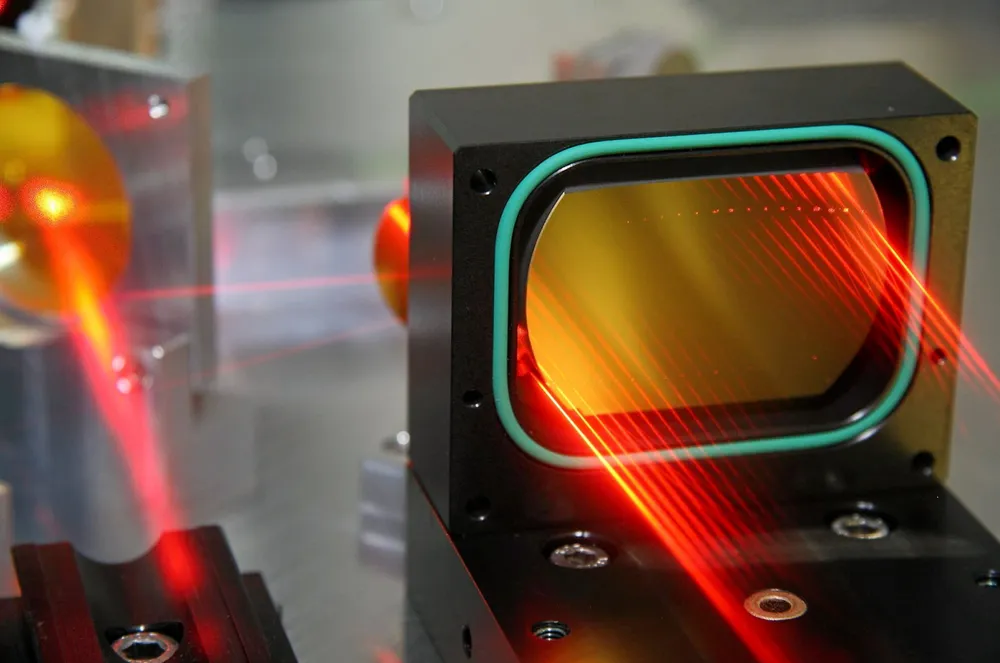'Game changer' | Hydrogen is an indirect greenhouse gas that easily leaks, but how leaky is it really?
A new instrument that is 100 times more powerful at detecting H2 than existing equipment 'will be critically important for understanding climate impacts of switching to hydrogen', says non-profit
